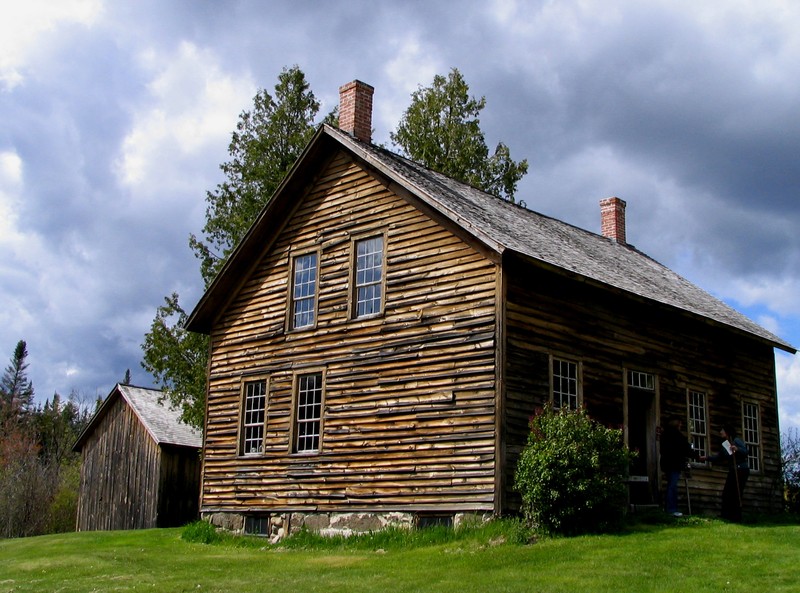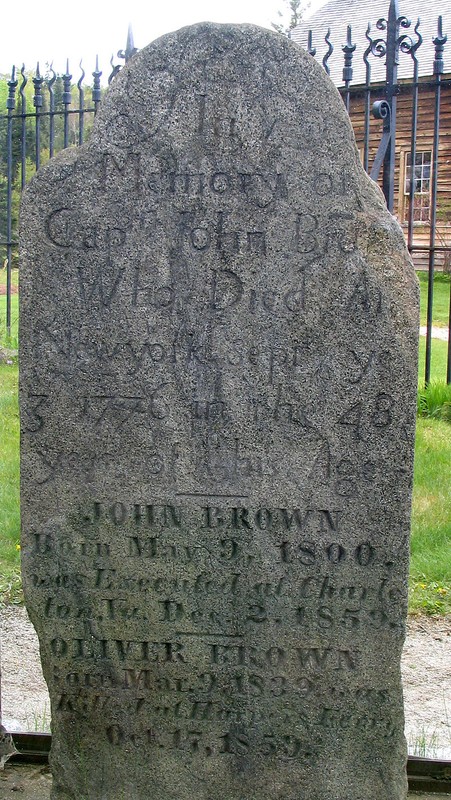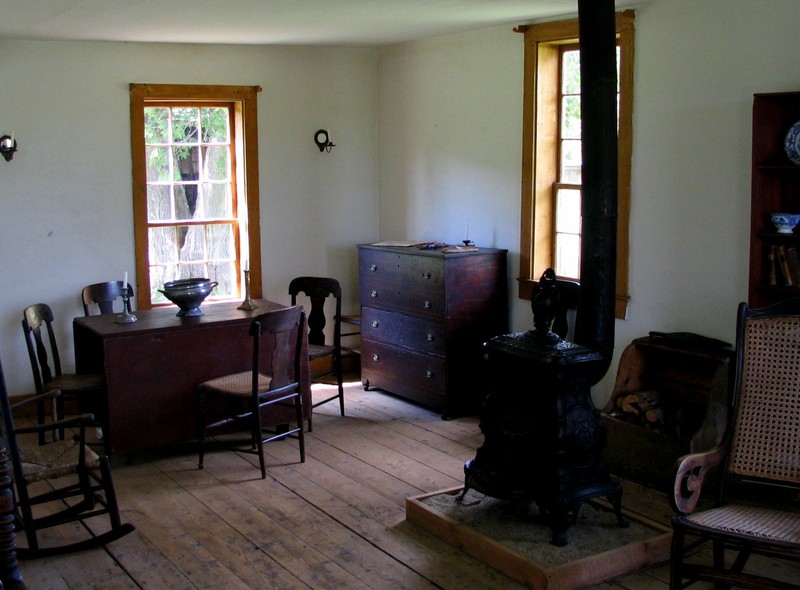John Brown Farm, Gravesite, and State Historical Site
Introduction
Text-to-speech Audio
Images
The house

Brown's tombstone

The parlor

Backstory and Context
Text-to-speech Audio
Though he moved several times over the course of his life, John Brown lived much of the last decade of his life in Lake Placid. Brown moved to the area from Springfield, Massachusetts, in 1849 after he learned of the plans of a wealthy businessman to give plots of land to African Americans. Brown purchased land nearby and worked as a teacher and leader for African Americans who had moved to Lake Placid to take up farming.
Farming in the area was difficult and a number of the settlers eventually gave up and moved elsewhere. In 1855, Brown moved to Kansas and joined two of his adult sons who were involved in armed efforts to end slavery in the territory. After moving to Kansas, Brown only returned to Lake Placid a few times to see his wife and the children who remained there.
In 1859, Brown, along with some of his sons and followers, led an attack on the federal arsenal at Harper’s Ferry, Virginia. The attack was intended to trigger a massive slave rebellion across the South, but ended in disaster for Brown and his small army. The planned slave rebellion failed to materialize, and Brown was hanged for treason.
Following his execution, John Brown’s body was brought back to his former home and buried. The grave soon became a pilgrimage site for African Americans and those who supported Brown’s devotion to the abolitionist cause. In 1899, the remains of several of Brown’s followers who died at Harper’s Ferry were buried in the small graveyard at the Brown home. The property is a state historic site.
